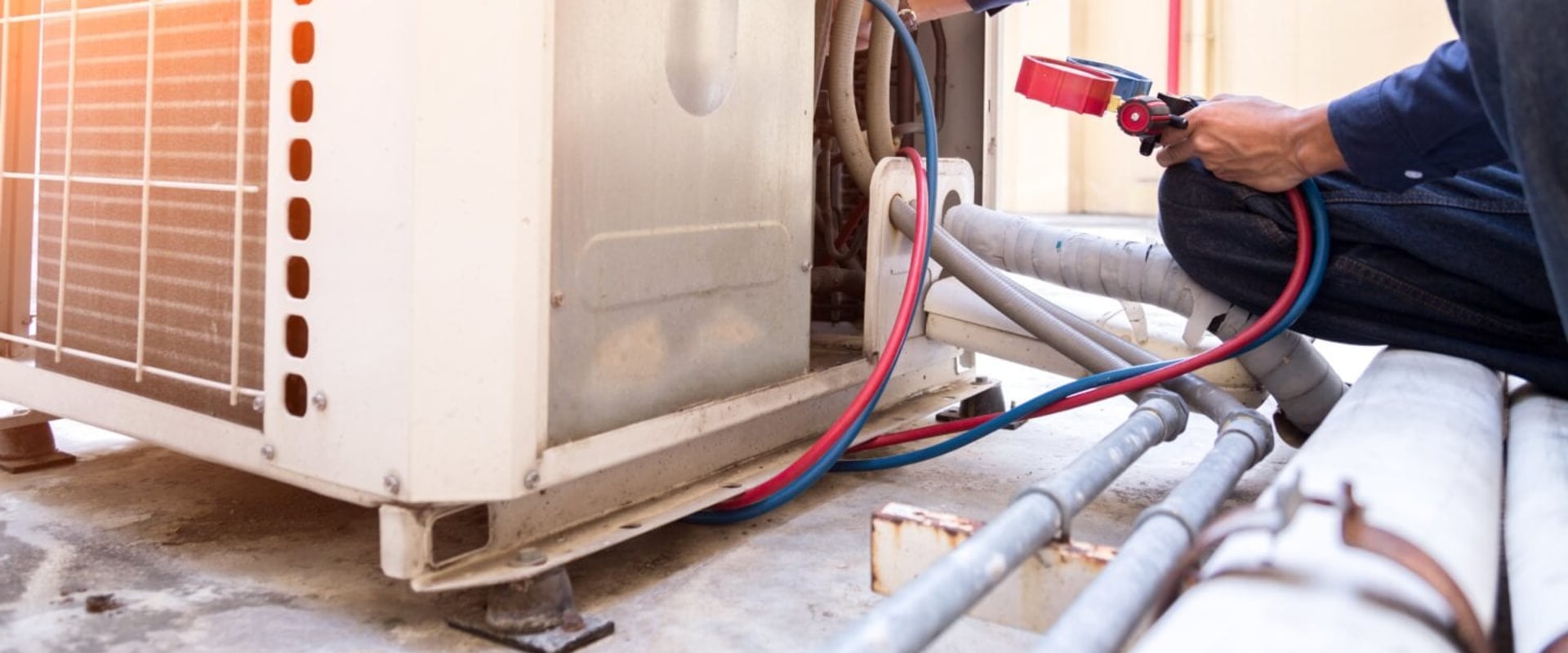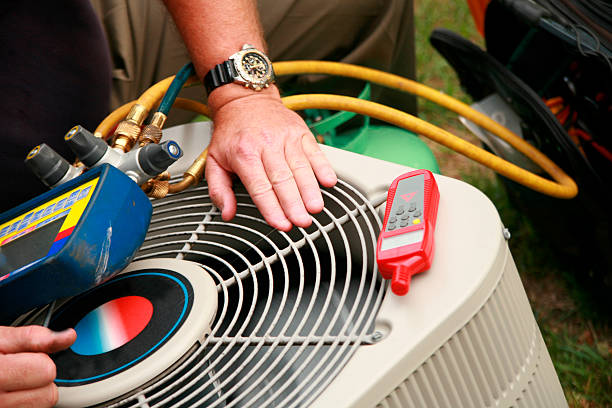Just How to Improve Energy Effectiveness With Your Cooling And Heating System and Furnace Upgrades
As power prices proceed to rise, the value of boosting energy efficiency with cooling and heating system and heating system upgrades can not be overemphasized. Evaluating your present system's efficiency and taking into consideration energy-efficient alternatives are crucial primary steps. In enhancement to selecting designs with high SEER and AFUE ratings, enhancing thermostat setups and improving insulation can considerably affect total performance. Nonetheless, the journey towards maximizing energy effectiveness does not end there; recognizing the nuances of routine upkeep and its lasting advantages is similarly essential. What are the specific approaches that can bring about substantial financial savings and boosted comfort?
Examine Your Current System
Prior to getting started on any type of upgrades, it is necessary to assess your current HVAC system and heater to comprehend their efficiency and efficiency. This first examination offers a foundation for identifying areas that need improvement and educates decisions concerning possible upgrades. Begin by taking a look at the age of your heating and cooling system, as outdated versions may lack modern-day energy-saving attributes.

Power consumption documents will certainly also contribute in assessing your system's operational prices. By evaluating utility bills, you can figure out patterns of energy usage and identify spikes that necessitate additional examination. Finally, consider performing a professional power audit to receive a specialist assessment of your system's efficiency. This comprehensive analysis will assist you in making informed options about needed upgrades, guaranteeing that your financial investments in energy performance yield the wanted benefits.
Upgrade to Energy-Efficient Versions
Updating to energy-efficient versions is an essential action in enhancing the overall efficiency of your a/c system and furnace. These contemporary devices are designed to take in much less energy while providing ideal cooling and heating, causing considerable expense financial savings on utility bills and a decreased ecological impact.
When thinking about an upgrade, seek designs that have high Seasonal Power Effectiveness Ratios (SEER) for air conditioning and Annual Gas Application Effectiveness (AFUE) rankings for heaters. These ratings indicate the efficiency of the units, with higher numbers reflecting much better performance. Energy-efficient designs often incorporate advanced technologies, such as variable-speed motors and clever thermostats, which better boost power cost savings.
Furthermore, lots of energy-efficient cooling and heating systems are outfitted with boosted insulation and far better securing, which minimize power loss and boost interior convenience. furnace repair. While the preliminary investment may be higher, the long-term financial savings on power expenses and possible tax obligation motivations for utilizing energy-efficient home appliances can offset this expenditure dramatically

Ultimately, upgrading to energy-efficient designs not just adds to a more sustainable future but also raises the convenience and performance of your home or organization.
Optimize System Setups
To make the most of the performance of your HVAC system and furnace, it is necessary to enhance system settings tailored to your certain demands. Beginning by establishing your thermostat to an energy-efficient temperature level. The United State Division of Power suggests a wintertime setup of 68 ° F when you are wide awake and reducing it while you sleep or are away. In summertime, objective for 78 ° F throughout the day.
Make use of programmable or smart thermostats that allow you to set up temperature level changes immediately. This guarantees your system operates only when needed, decreasing power consumption. Furthermore, ensure that your system is readied to run in the appropriate setting-- heating in winter season and cooling in summer-- while avoiding the continuous fan option unless required for air flow.
Regularly testimonial and adjust settings based on seasonal modifications, occupancy patterns, and details convenience choices. Make sure that view website vents and registers are unobstructed, enabling for ideal airflow. Think about zoning systems that make it possible for customized convenience in different locations of your home, further improving performance. By fine-tuning these settings, you can accomplish substantial power savings while preserving a comfy living environment.
Improve Insulation and Sealing
A well-insulated home is essential to optimizing the performance of your heating read here and cooling system and heater. Correct insulation reduces the workload on these systems, thus saving energy and reducing energy costs. Begin by analyzing your home's insulation in areas such as the attic, walls, and floors. Insulation materials like fiberglass, foam, and cellulose can considerably boost thermal resistance, aiding to maintain conditioned air inside and outdoor air out.
Along with insulation, sealing gaps and cracks is important. Pay unique attention to windows, doors, and any penetrations in wall surfaces, such as electrical outlets and plumbing components. Weatherstripping and caulking can properly secure these openings, preventing drafts that endanger your cooling and heating efficiency.
Moreover, make certain that air ducts are appropriately protected and sealed. Leaky ducts can bring about substantial power losses, lowering system efficiency. Utilizing mastic sealant or metal tape to seal air duct joints can improve airflow and efficiency.
Schedule Normal Maintenance
Normal maintenance of your HVAC system and heater is important for making certain ideal performance and durability. Scheduled assessments and servicing can determine possible issues prior to they rise, avoiding costly fixings and ineffectiveness. During upkeep, a certified technician will cleanse and replace filters, check refrigerant levels, evaluate ductwork for leaks, and examine total system operation. This proactive method not just enhances energy performance but likewise prolongs the life expectancy of your devices.
It is suggested to schedule maintenance at least twice a year-- as soon as in the springtime for the air conditioning system and when in the autumn for the furnace. HVAC Farmington MO. Normal upkeep assists maintain constant indoor temperature levels, making certain convenience throughout the year. Additionally, a properly maintained system runs a lot more successfully, which can bring about recognizable decreases in energy costs
Neglecting maintenance can lead to lowered performance, boosted deterioration, and inevitably, system failing. By prioritizing regular service, house owners can avoid unexpected breakdowns and ensure their a/c system and heating system operate at peak read more efficiency. Investing in upkeep is a vital action in improving power efficiency and producing a more lasting home setting.
Final Thought
Finally, boosting energy effectiveness within HVAC systems and heating system upgrades is important for lowering energy usage and boosting overall comfort. An organized approach that includes analyzing the current system, investing in energy-efficient versions, optimizing settings, enhancing insulation, and organizing regular maintenance can cause substantial benefits. Executing these methods not just lowers energy bills however additionally adds to a more sustainable atmosphere, making it essential for property owners to focus on these upgrades.